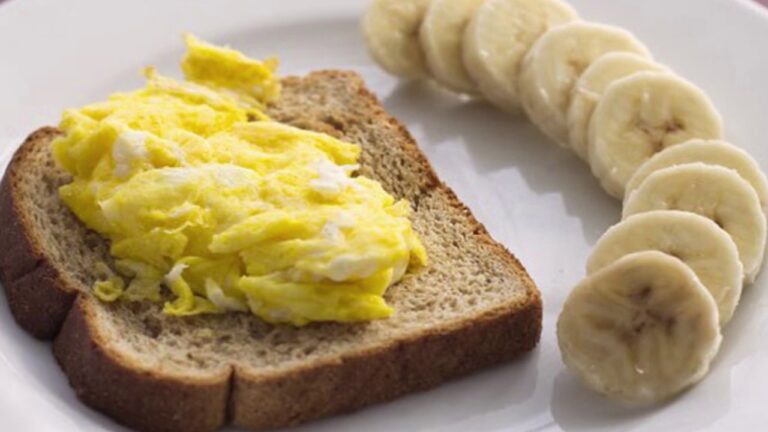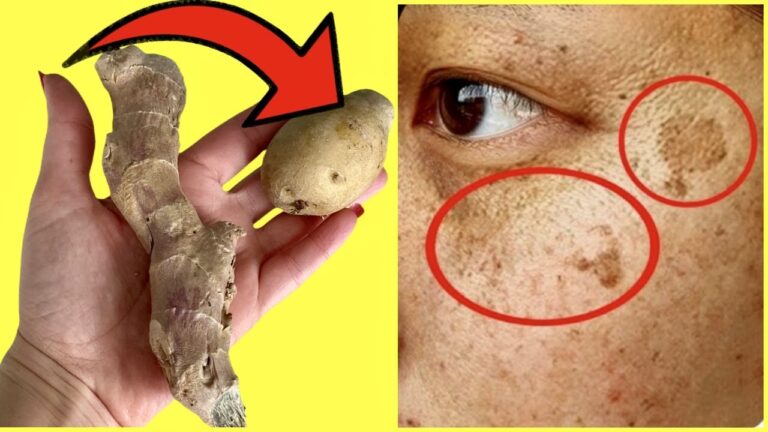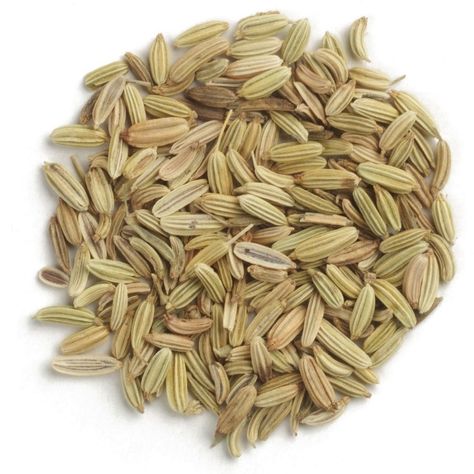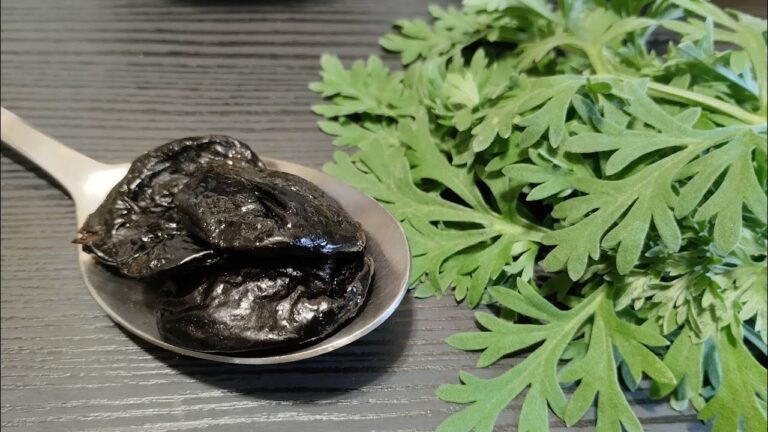Bay leaves, commonly used in cooking for their aromatic properties, have a wealth of other uses that extend beyond the kitchen. Boiled bay leaf tea, in particular, can be utilized in several creative and unusual ways. Here, we explore three unique uses of this potent brew and delve into an intriguing method of using bay leaves for manifestation.
1. Natural Skin Toner and Irritation Soother
Bay leaf tea is rich in antioxidants and anti-inflammatory compounds, making it an excellent natural remedy for skin issues. When used as a skin toner, the tea can help soothe irritation, reduce acne, and improve overall skin health.
How to Use:
- Prepare the Tea: Boil a few dried bay leaves in water for about 20 minutes. Let the tea cool.
- Application: Once cooled, strain the leaves and pour the liquid into a clean spray bottle. After cleansing, spray the bay leaf toner onto your face or apply it with a cotton ball. Do not rinse it off; allow it to air dry on your skin.
2. Hair Rinse for Shine and Health
Bay leaf tea can also be beneficial for hair care. The nutrients in the tea help to strengthen hair roots, enhance shine, and alleviate dandruff.
How to Use:
- Prepare the Tea: Similar to the toner, boil bay leaves and allow the mixture to cool.
- Hair Rinse: After shampooing, use the tea as a final rinse over your hair. Gently pour it over your scalp and hair, massage it in, and then rinse out with cold water for added shine.
3. Relaxing Foot Soak
A bay leaf tea foot soak can provide a soothing experience, helping to relieve tired feet, reduce odor, and combat fungal infections.
How to Use:
- Prepare a Stronger Brew: Boil a larger quantity of bay leaves in water to create a concentrated tea.
- Foot Soak: Pour the tea into a basin filled with warm water. Soak your feet for 20-30 minutes. This soak can be especially relaxing before bed, easing stress and promoting better sleep.
Bonus: Bay Leaves for Manifestation
Bay leaves have been associated with magic and spiritual practices for centuries. One of the less conventional but popular uses involves writing wishes or intentions on bay leaves as a form of manifestation.
How to Use for Manifestation:
- Write Your Intention: Take a dry bay leaf and use a marker to write a financial goal or a wish you want to manifest.
- Burn the Leaf: Safely burn the bay leaf while focusing on your intention. This act is believed to send your wishes to the universe, helping to manifest them into reality. Ensure you do this in a fire-safe area and keep a bowl of water nearby for safety.
- Release and Believe: After burning the leaf, release your attachment to the outcome. Trust that your intentions will manifest in their own time and ways.
Conclusion
Whether you’re using bay leaves for their health benefits or their mystical properties, these versatile leaves can be an enriching addition to your daily routines and spiritual practices. From enhancing your beauty regimen to assisting in your spiritual journey, bay leaves prove to be more than just a culinary herb.









